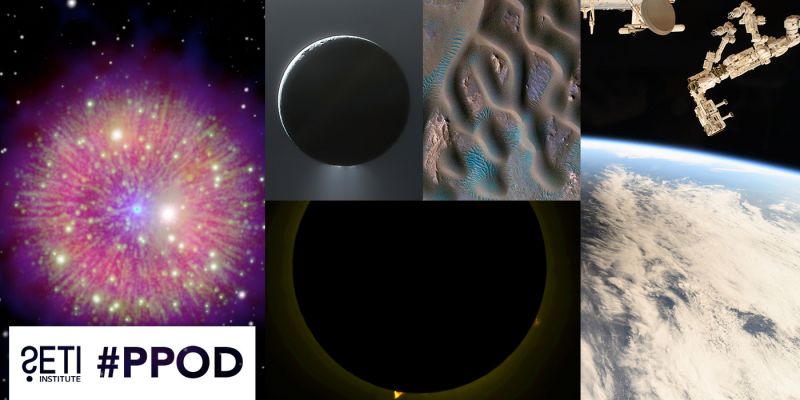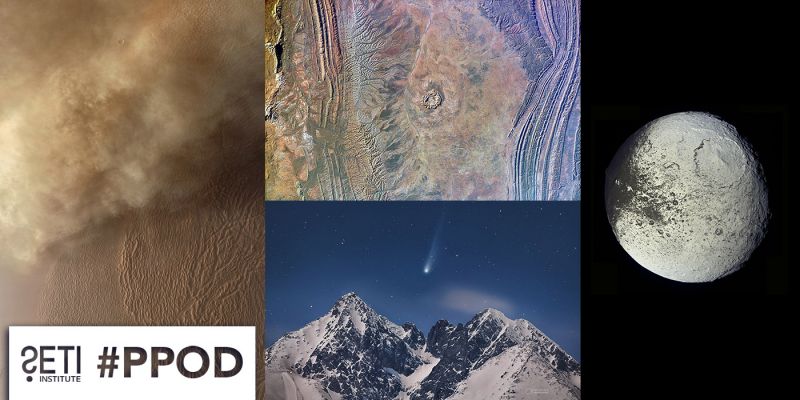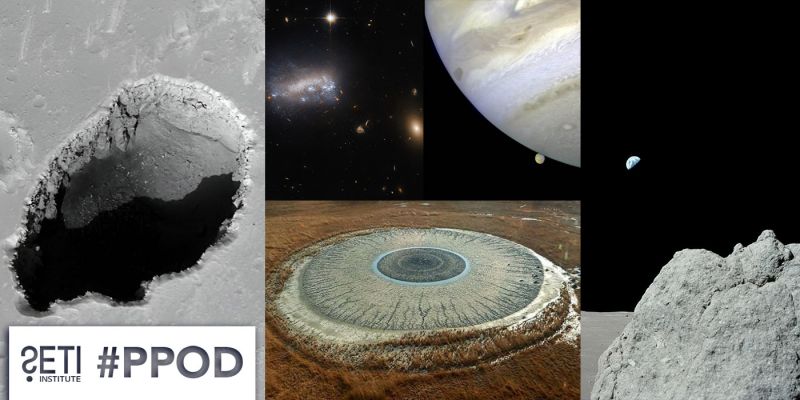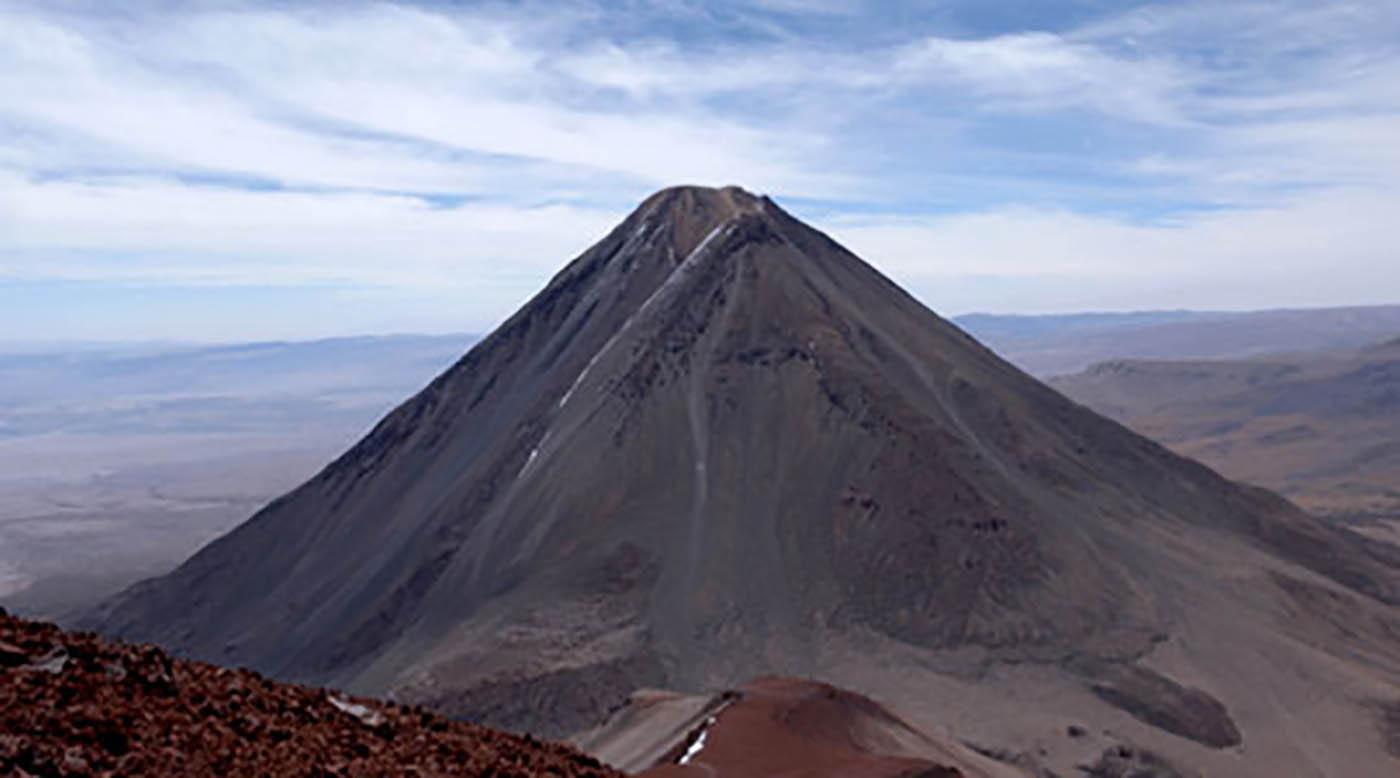
MOUNTAIN VIEW, CA – A team of researchers in the U.S. and Germany has measured the highest level of ultraviolet radiation ever recorded on the Earth’s surface. The extraordinary UV fluxes, observed in the Bolivian Andes only 1,500 miles from the equator, are far above those normally considered to be harmful to both terrestrial and aquatic life.
“These record-setting levels were not measured in Antarctica, where ozone holes have been a recurring problem for decades,” says team leader Nathalie A. Cabrol of the SETI Institute and NASA Ames Research Center. “This is in the tropics, in an area where there are small towns and villages.”
The measurements were made in the southern hemisphere summer of 2003 and 2004, using instruments developed for the European Light Dosimeter Network (Eldonet). They were undertaken as Cabrol’s team was investigating high altitude Andean lakes as part of an astrobiology study of Mars-like environments. Dosimeters were deployed on the summit of the towering Licancabur volcano (altitude: 5,917 meters) and at nearby Laguna Blanca (altitude 4,340 meters). The combination of a midday sun near the zenith, as well as the high elevation of these sites, produces higher irradiance levels because of naturally low ozone in such locations. But these intensities of short-wavelength UV-B radiation (280 – 315 nm) are unprecedented.
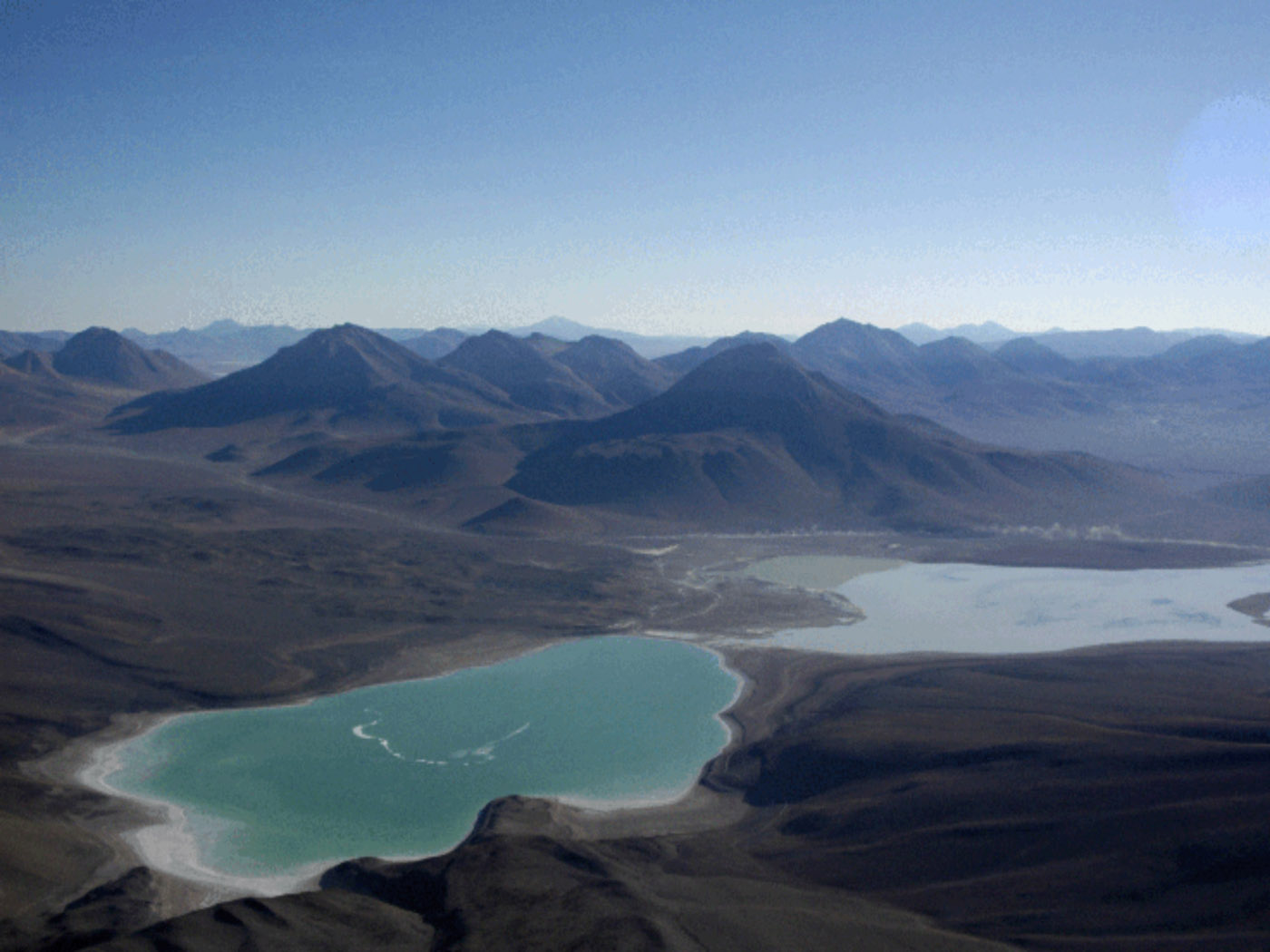
“A UV index of 11 is considered extreme, and has reached up to 26 in nearby locations in recent years,” notes Cabrol. “But on December 29, 2003, we measured an index of 43. If you’re at a beach in the U.S., you might experience an index of 8 or 9 during the summer, intense enough to warrant protection. You simply do not want to be outside when the index reaches 30 or 40.”
The intense radiation coincided with other circumstances that may have increased the UV flux, including ozone depletion by increased aerosols from both seasonal storms and fires in the area. In addition, a large solar flare occurred just two weeks before the highest UV fluxes were registered. Ultraviolet spikes continued to occur – albeit at lower intensity – throughout the period of solar instability, and stopped thereafter. While the evidence linking the solar event to the record-breaking radiation is only circumstantial, particles from such flares are known to affect atmospheric chemistry and may have increased ozone depletion.
“While these events are not directly tied to climate change, they are sentinels of what could occur if ozone thins globally,” Cabrol says. “The thinner and more unstable the ozone, the more prone we will be to this kind of event.”
High UV-B exposure negatively affects the entire biosphere, not just humans. It damages DNA, affects photosynthesis, and decreases the viability of eggs and larvae. For these reasons, it is important to keep a close watch on UV flux levels.
“While this unsettling record might be the result of a ‘perfect storm’ of events, it could happen again,” says Cabrol, “because the factors that caused it are not rare. What we need is more monitoring of the ozone changes in these areas. These fluxes, which are comparable to those of early Mars, are occurring in a populated area.”
David Black, former president and CEO of the SETI Institute, noted that “this is an excellent example of how astrobiology – which includes understanding the atmospheres of other planets – is germane to contemporary concerns here on Earth.”
The results are being published in the open-access journal Frontiers in Environmental Science.
Note to editors
For online articles, please link to the paper which will become freely available at the following:
http://journal.frontiersin.org/Journal/10.3389/fenvs.2014.00019/abstract
Article title: Record Solar UV Irradiance in the Tropical Andes
DOI: 10.3389/fenvs.2014.00019
About the SETI Institute
Founded in 1984, the SETI Institute is a non-profit, multi-disciplinary research and education organization whose mission is to lead humanity’s quest to understand the origins and prevalence of life and intelligence in the Universe and to share that knowledge with the world. Our research encompasses the physical and biological sciences and leverages expertise in data analytics, machine learning and advanced signal detection technologies. The SETI Institute is a distinguished research partner for industry, academia and government agencies, including NASA and NSF.
Contact information
Nathalie A. Cabrol
SETI Institute
E-mail: nathalie.a.cabrol@nasa.gov
Tel: +1 650 604 0312
Uwe Feister
E-mail: uwe.feister@dwd.de
Tel: +49 (0) 69 8062 5865
Donat Hader
E-mail: donat@dphaeder.de
Tel: +49 (0) 9131 48730


